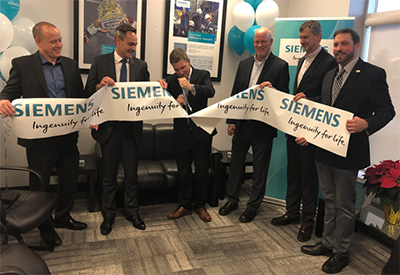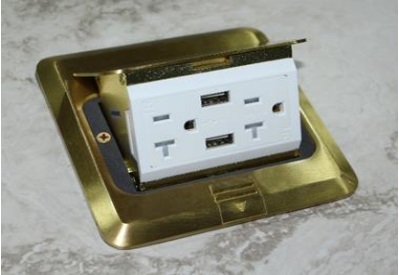Schneider Electric Publishes 2018 Electrical Installation Guide

Dec 14, 2018
The downloadable Electrical Installation Guide is meant for all electrical professionals working in commercial, industrial, or domestic electrical installations, including consulting engineers, specifiers, designers, contractors, panel builders, facility managers, electrical engineering students and teachers, as well as for people involved in standardization, certification, or inspection of these electrical installations.
Topics include voltage drop, electrical safety, cable sizing, electrical calculations, electrical standards, electrical design, electrical protection, circuit breakers, MV/LV substations, earthing schemes, electromagnetic compatibility, power factor correction, harmonics, overvoltage protection, photovoltaic for self-consumption, and more.
New to the 2018 guide: photovoltaic for self-consumption. Solar energy production is booming worldwide. Many companies seek to incorporate photovoltaic (PV) systems for self-consumption — consuming energy produced while it is being produced — in their business model. To design the right PV system, consulting engineers and specifiers need to understand how to size the system, determine what equipment is required, how to integrate the PV and electrical distribution systems, including how customers want to operate the PV system, and more. Read our new chapter for details from our experts, including typical architectures and state-of-the-art sizing guidelines.
Enhanced in the 2018 guide: content on RCDs, AFDDs, and measurement. Protection against electric shock according to IEC60364 requires proper selection of basic protection, fault protection and additional protection measures, proper implementation according to the electrical installation earthing scheme (TT, TN or IT), selection and coordination of residual current devices (RCDs) types according to the loads’ characteristics and circuits. Protection against electrical fires may be ensured by different means, including advanced protection with Arc Fault Detection Devices (AFDDs).
Download the guide here










![Guide to the Canadian Electrical Code, Part 1[i], 26th Edition – A Road Map: Section 10 – Grounding and Bonding](https://electricalindustry.ca/wp-content/uploads/2022/11/Guide-CE-Code-2.png)





